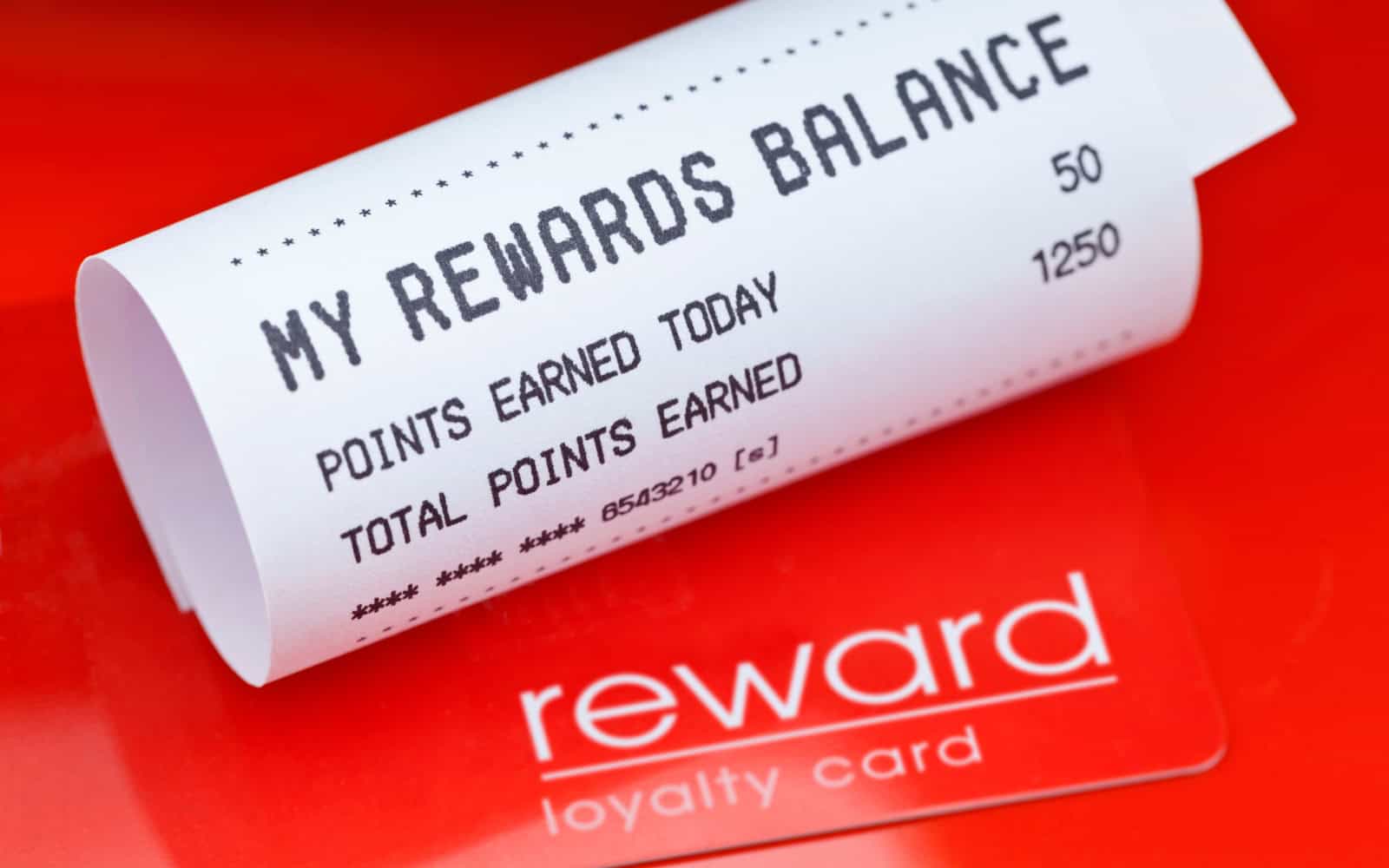
©stocknshares via Canva.com
What’s Holding Back ROI for Loyalty Programs?
According to the fifth edition of Salesforce’s Connected Shoppers Report, retailers still struggle to capitalize on all the customer data flowing into their loyalty programs.
The top five barriers to loyalty program ROI (return on investment) were:
- Lack of customer insights for targeting
- Inability to rapidly react to market opportunities/competition
- Inability to predict promotional revenue
- Disparate systems to manage the promotion lifecycle (conceptualize, configure, distribute, measure)
- Lack of clarity into which promotion types resonate with loyalty members
The study, based on a survey of 2,400 shoppers and 1,125 retail decision-makers, also found that a loyalty program’s heavy emphasis on discounting impacts profitability. When asked what they value in loyalty programs, the top five responses from consumers were earning points to redeem, cited by 58%; special discounts and promotions, 53%; free shipping, 44%; birthday perks, 22%; and free or discounted services (tailoring, styling, installation), 20%.
However, shoppers love those discounts. In 2023, shoppers belonged to 3.4 loyalty programs, on average, with 58% indicating in Salesforce’s survey that a loyalty program makes them more likely to buy from a brand or retailer.
Among the retailers surveyed, 75% already offer a loyalty program, with another 22% planning to introduce one in the next 24 months. The top goal for a loyalty program was customer retention, but other benefits — including increased customer engagement, repeat purchasing, and customer acquisition — were found to be nearly as important. The study also found the arrival of retail media networks ratcheting up the value of such programs.
A survey of 600 marketing professionals as part of Antavo’s “2024 Global Customer Loyalty Report” found customer retention to be a priority, with two-thirds of respondents planning to increase investment in retention, slightly more than double those planning to invest more in customer acquisition.
Beyond considering subscription programs, Antavo’s recommendations on improving the payback from loyalty programs include putting experiential rewards or other higher value-add rewards, like free shipping, at the top of the tier list to motivate most-loyal shoppers to “stick around and level up,” while reserving games and instantly available discounts for recruiting new members.
The loyalty management tech firm also advises combining both rational elements, such as points and savings, and emotional elements. Antavo said, “While emotional elements, such as personalized experiences and exclusive access, will build engagement and sense of belonging, the rational elements provide essential tangible, practical and financial benefits to customers.”
In its “Customer Loyalty Executive Survey 2023” report, PwC advises brands to lean into first-party data to “personalize customer engagement for a better experience, more relevancy and continued growth.” Other recommendations include matching perks to customers.
“You can’t be everything to everyone, but with a little resource reallocation you can offer a wide range of benefits to all your customers,” said PwC. “Prioritize your most popular rewards, but maintain a healthy balance of secondary perks depending on what interests your customers.”
Discussion Questions
What obvious and less obvious factors are holding back profitability within loyalty programs for retailers?
What’s your advice on segmenting experiential versus transactional perks to balance customer retention versus customer acquisition?
Are the heavy discounts driving many loyalty programs worth it as a driver of purchase frequency?
